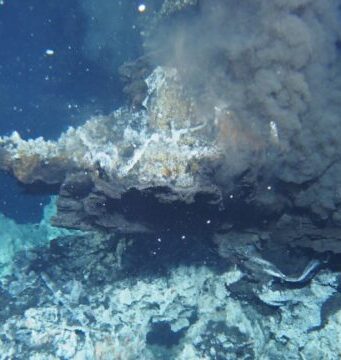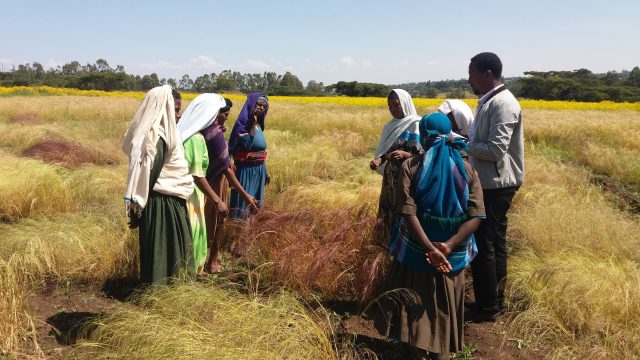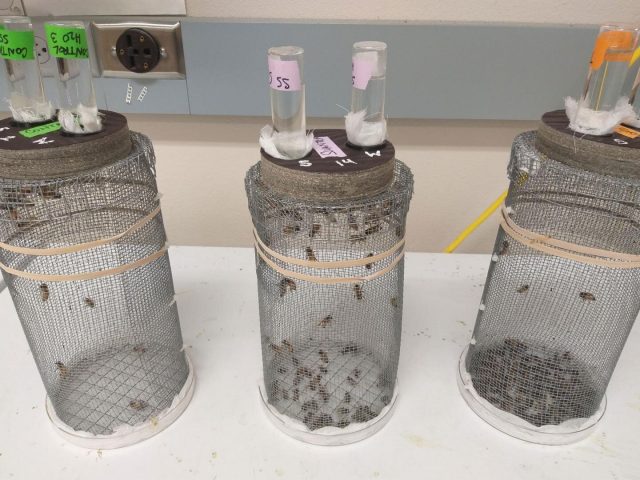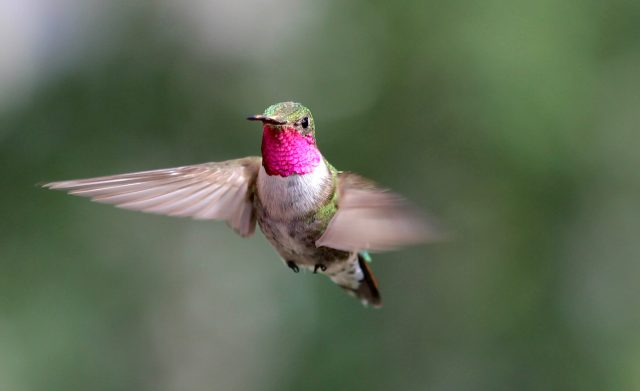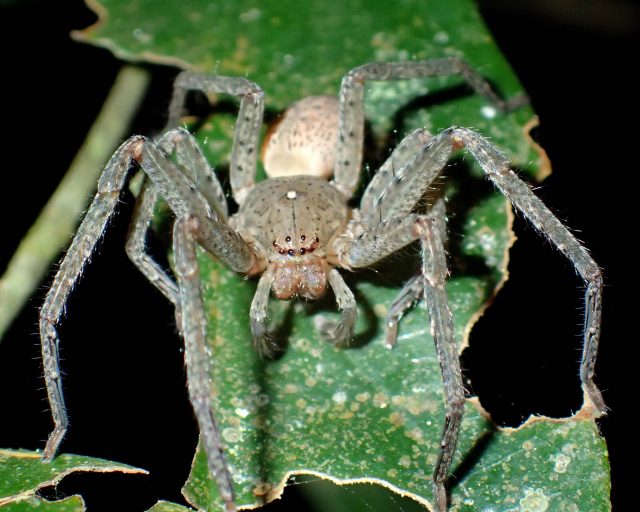Two new genera and four new species of giant, single-celled xenophyophores (protozoans belonging to a group called the foraminifera) were discovered in the deep Pacific Ocean during a joint project between scientists at the National Oceanography Centre, UK (NOC),...
In an article just published in Conservation Physiology, Macquarie University's Simon Clulow and colleagues reveal a new sperm freezing and revival technique that shows considerable promise—and involves a surprising ingredient.
The group took sperm from a number of Yellow Spotted Monitors—a giant lizard or "goanna" species that...
How do plants know when it is time to flower? Researchers at Martin Luther University Halle-Wittenberg (MLU) have studied this question and identified two genes that are key to this process. They were able to show that the ELF3...
A new study from North Carolina State University suggests that people have more tolerance for wolves after seeing positive videos about them, which could make YouTube an important wolf conservation tool.
"One of the cool things about these results is...
In a paper published by the Journal of The Royal Society Interface, a team of Bristol researchers observed the exploratory behavior of ants to inform the development of a more efficient mathematical sampling technique.
Animals like ants have the challenge of exploring their...
Teff, an ancient grain originally from Ethiopia, is a staple crop for 50 million people in the country. It is also increasingly popular worldwide, touted as a superfood for its gluten-free, high fiber and protein, and low-sugar properties.
Yet dramatic...
Plants are some of nature's most extraordinary chemists. Unlike animals, they can't run from predators or pathogens. They can't uproot themselves to seek out a mate or spread their seeds.
So instead, they manufacture chemicals: toxins to kill bacteria. Bitter...
In 2011, Chilean scientists discovered a mysterious fossil in Antarctica that looked like a deflated football. For nearly a decade, the specimen sat unlabeled and unstudied in the collections of Chile's National Museum of Natural History, with scientists identifying...
The lives of honeybees are shortened—with evidence of physiological stress—when they are exposed to the suggested application rates of two commercially available and widely used pesticides, according to new Oregon State University research.
In a study published in the journal PLOS...
To find food, dazzle mates, escape predators and navigate diverse terrain, birds rely on their excellent color vision.
"Humans are color-blind compared to birds and many other animals," said Mary Caswell Stoddard, an assistant professor in the Princeton University Department of Ecology...
Swedish climate campaigner Greta Thunberg can add to her list of personal accolades, including TIME magazine's Person of the Year, a group of spiders named after her.
Thunberga gen. nov. is a new genus of huntsman spiders from Madagascar, described...


